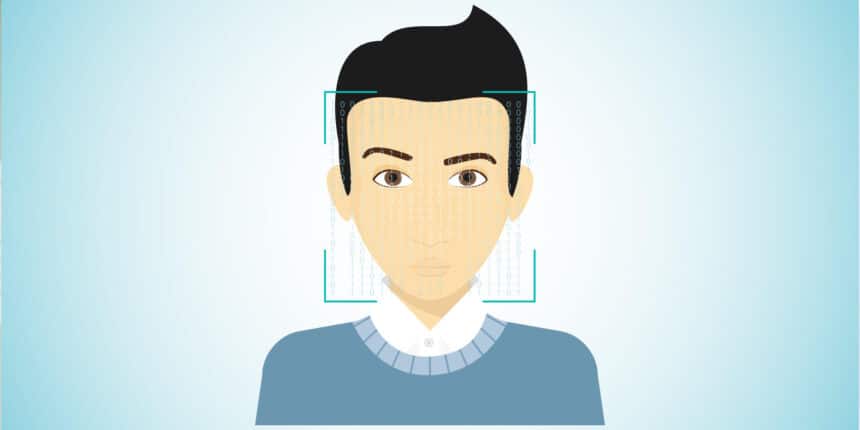Facial recognition is becoming a big part of society all around the world, some people agree with it whilst others are completely against the idea. There are many positive factors to facial recognition but at the same time, there are some negative points. Today we will be outlining why facial recognition can be “dangerously irresponsible”.
Facial Recognition was first invented in 1988. Two people named Sirovich and Kirby began applying linear algebra to the problem of facial recognition. This became known as the EigenFace approach.
Nowadays high-quality cameras are used to map out over 80 nodal points of a human face, it works by measuring the points between each one, which is actually very clever as no two faces have the exact dimensions. It’s just insane how fast these cameras can work, all you need to do is simply walk past one and they literally have a map of your face, they can then follow you on other cameras to see where you were heading. This is great for preventing criminals, however, some may say that it’s a bit invading on privacy which is a fair point.

Facial Recognition – It’s not that reliable
Although Facial Recognition is a great tool for pinpointing people and tracking the location of an individual, it does still have its downsides. Just like many tracking/investigation tools, they have their downsides and that’s indeed the same for facial recognition.
Firstly facial recognition can only work if the individual has nothing covering their face, for example, if your wearing a hat it can be hard for the camera to map out the point correctly, it’s the same for sunglasses or any kind of clothing you would wear on your head. Now we all know if you are a criminal, you’re not going to be walking the streets as if nothing happened. You will most probably take steps to prevent your identity from being discovered. Lighting also plays a big role, if the lighting conditions are not great this can also affect the efficiency of the Facial Recognition cameras.
Secondly, the skin color seems to be an issue. According to campaigners black and minority, ethnic people may be falsely identified as criminals. This is very concerning and is because the police have failed to test the system on non-white faces.
The home office and university researches have discovered that police are aware that ethnicity can have a negative impact on such systems, however, have failed on many occasions to test this.

Facts about Facial Recognition:
- Facial recognition was introduced on the Police National Database (PND), which includes around 13 million faces, in 2014.
- The “unlawful” images are still held on the PND. The government is currently investigating ways to purge them from the system.
- The database has troubled privacy groups because it contains images of people subsequently cleared of any offense. A 2012 court decision ruled that holding such images was unlawful.
The Bottom line
Facial recognition is still very new and is at its early stages, a lot of development is still required and the use of Facial Recognition on nonwhite faces needs some attention. Although the software is “invaluable tool” according to the home office for fighting crime, it still has a long way to come before it can be trusted and used as an official factor for fighting crime.





